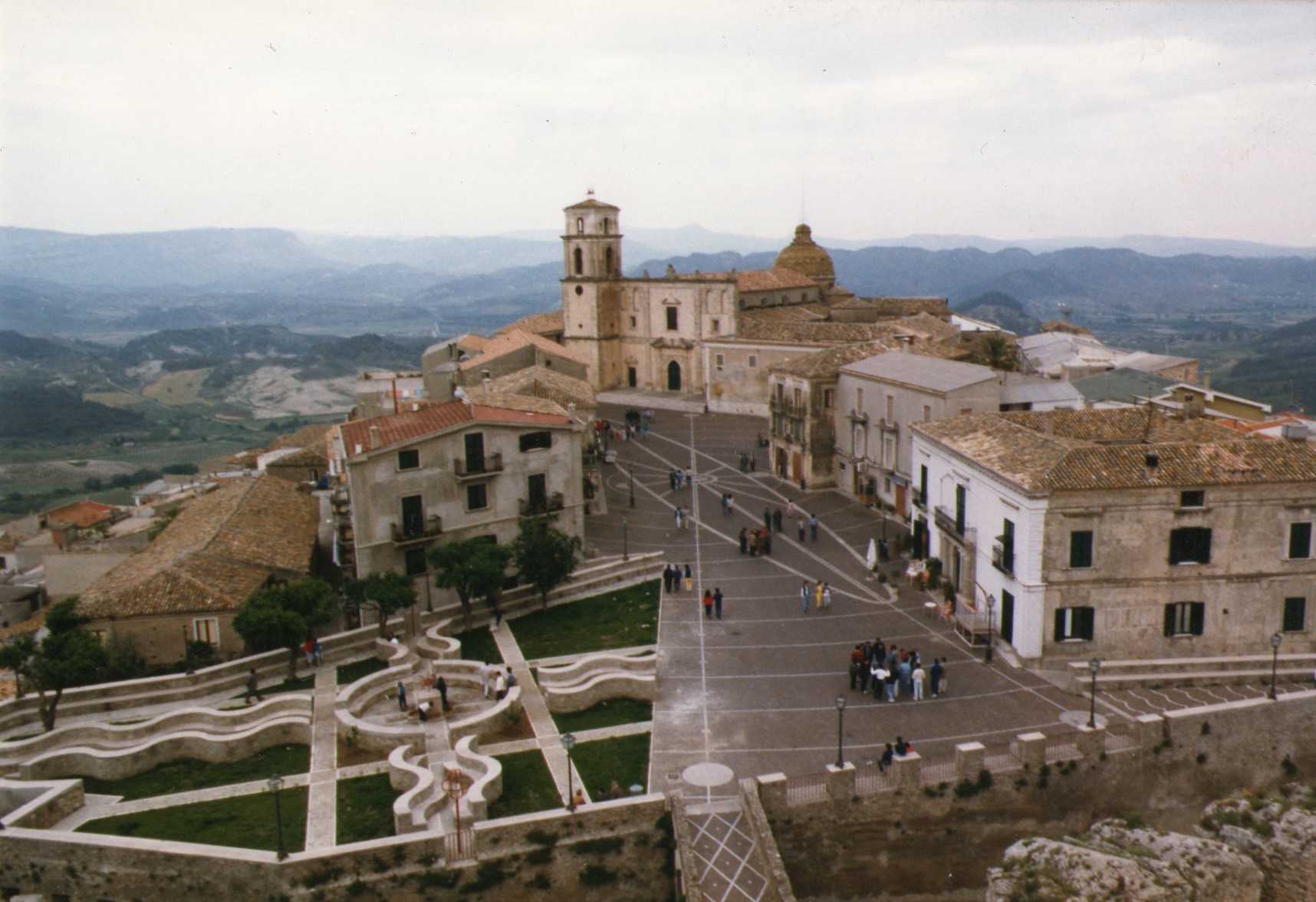

Santa Severina is one of the most beautiful villages in Italy with a historic center located on the top of Mount Fuscaldo with spectacular panoramic views hosts in Piazza Campo, music every night during the summer and cultural events also in the Castle with exhibitions of contemporary art that brings out the charm of buildings rich in history.

The name of the village derives from the Greek name of Siberene, the town is documented as a city of Enotria as early as the fifth century BC. On the other hand, it is unknown when the site changes its name. There are two hypotheses: the Latinization of the name in Severiana / Severina, with the name of Santa added by the Byzantines after the reconquest of the city in 886. Or a Santa Severina already venerated by the Byzantines, to which they would have dedicated their new homeland.

History of the City
5th century to. C., the existence of Siberene among the cities of Magna Graecia is documented by Hecateus of Miletus.
VIII century. AD, the place becomes an outpost of the Byzantium empire, which builds a kástron on the highest part of the rocky spur.
9th century, elevated to the metropolitan see of Byzantium, the archbishop takes up residence there.
840, the city was conquered by the Saracens.
886, the Byzantines reconquer it, led by Nicephorus Phocas, a valiant general in the service of Basil I.

1075, the Norman Roberto il Guiscardo, after a two-year siege, takes possession of Santa Severina. With the Normans the construction of the castle began.
The population, which was of Greek origin and rite, is forced to Latinize.
C. 1450, groups of Albanians immigrate there.
1466, the city passes under the control of the Swabians.
1496, Santa Severina in the hands of the Aragonese is enfeoffed and elevated to county seat.
1503, Andrea Carafa, famous leader and viceroy of Naples, obtained from Federico d’Aragona the title of count and the lordship of Santa Severina.
1510, an edict of the Spanish viceroy Don Pedro of Toledo orders the expulsion of the Jews.

XVII-XVIII centuries., The village became a fiefdom of various noble families (Ruffo di Calabria, Sculco and Gruther) until 1806, when with the abolition of feudalism it became part of the Kingdom of Naples.

1783, an earthquake reduces the Grecìa district to ruins.
Santa Severina
Address: Piazza Campo, 21, 88832
Phone: 096251062
Site:
https://www.comune.santaseverina.kr.it/hh/index.phpLocation inserted by
BBCC